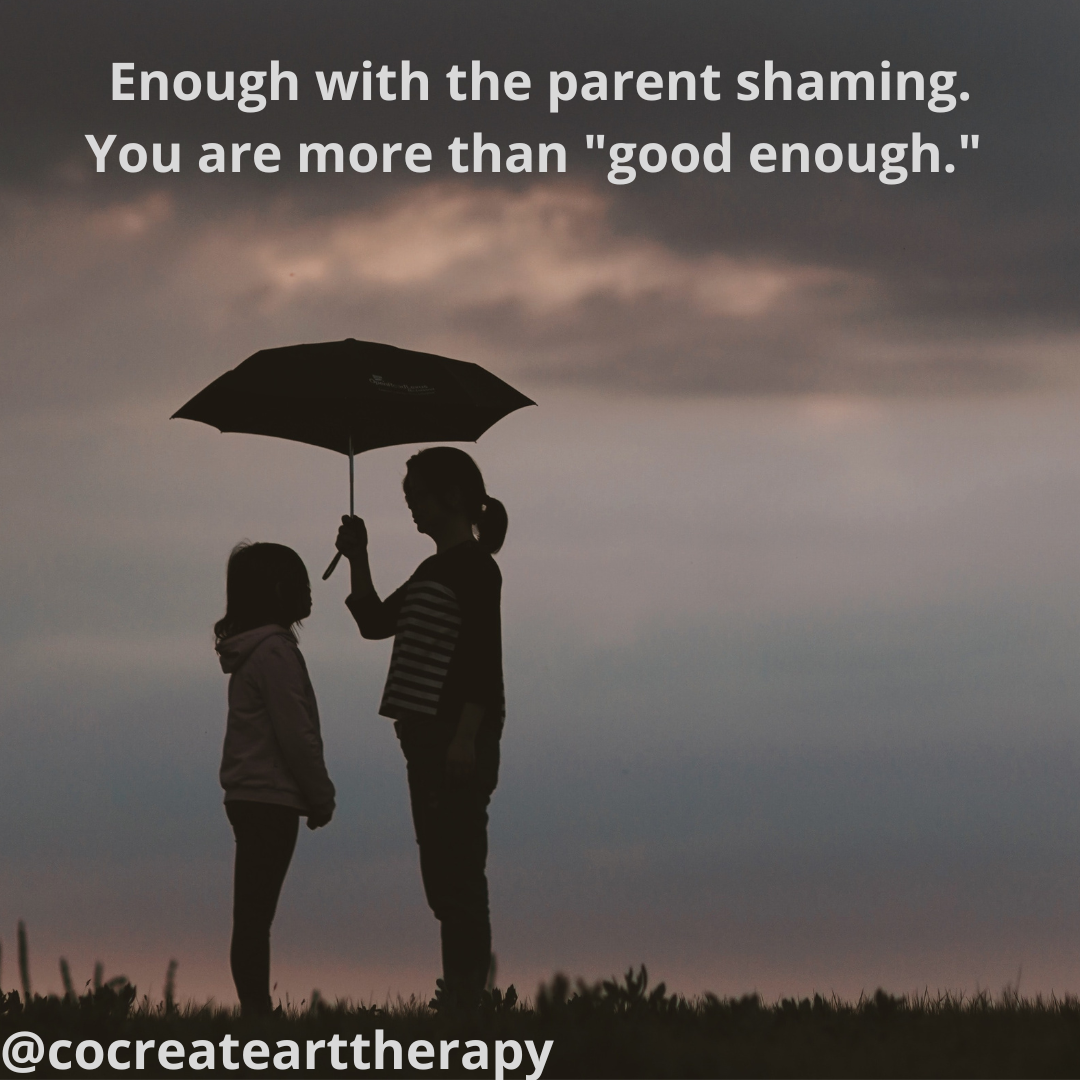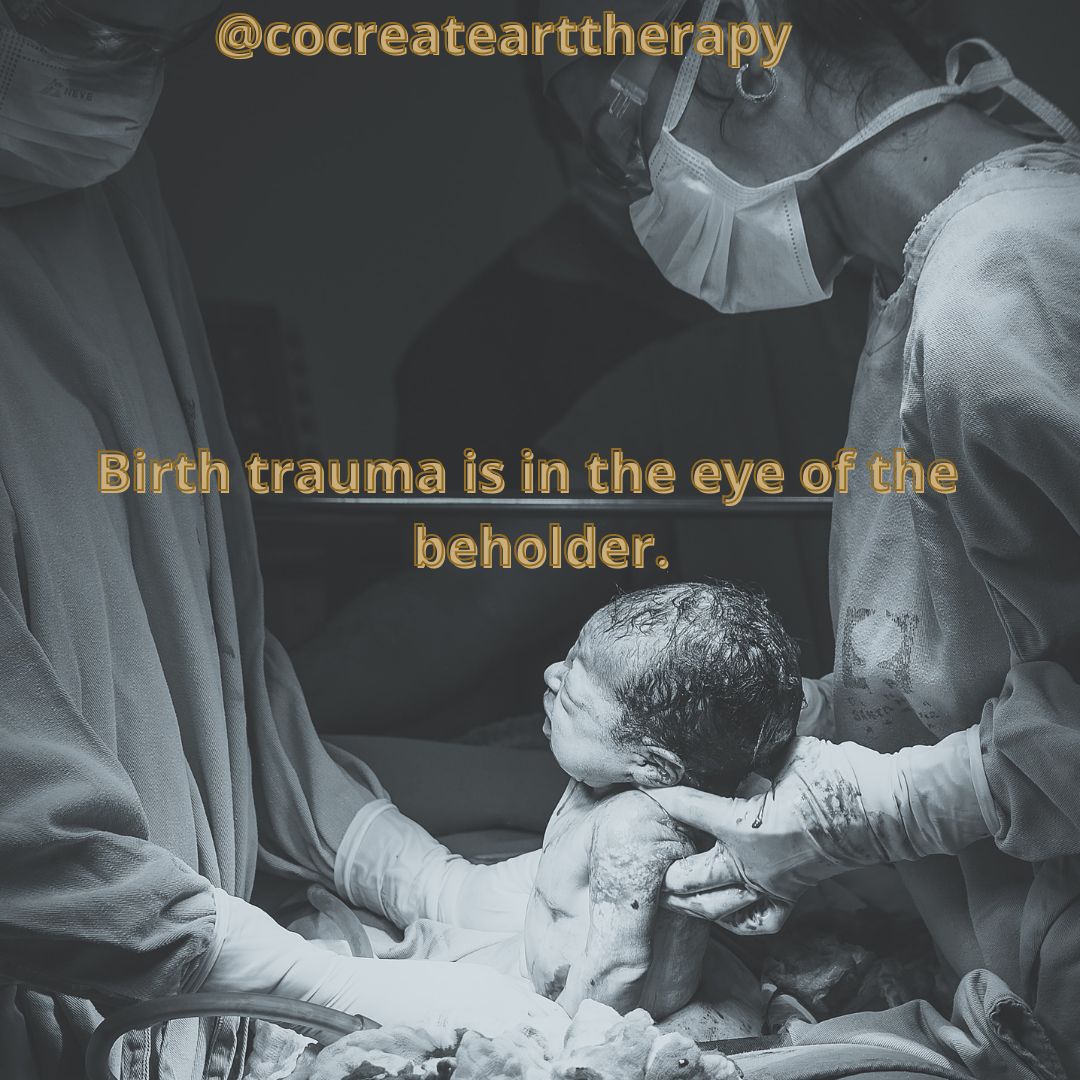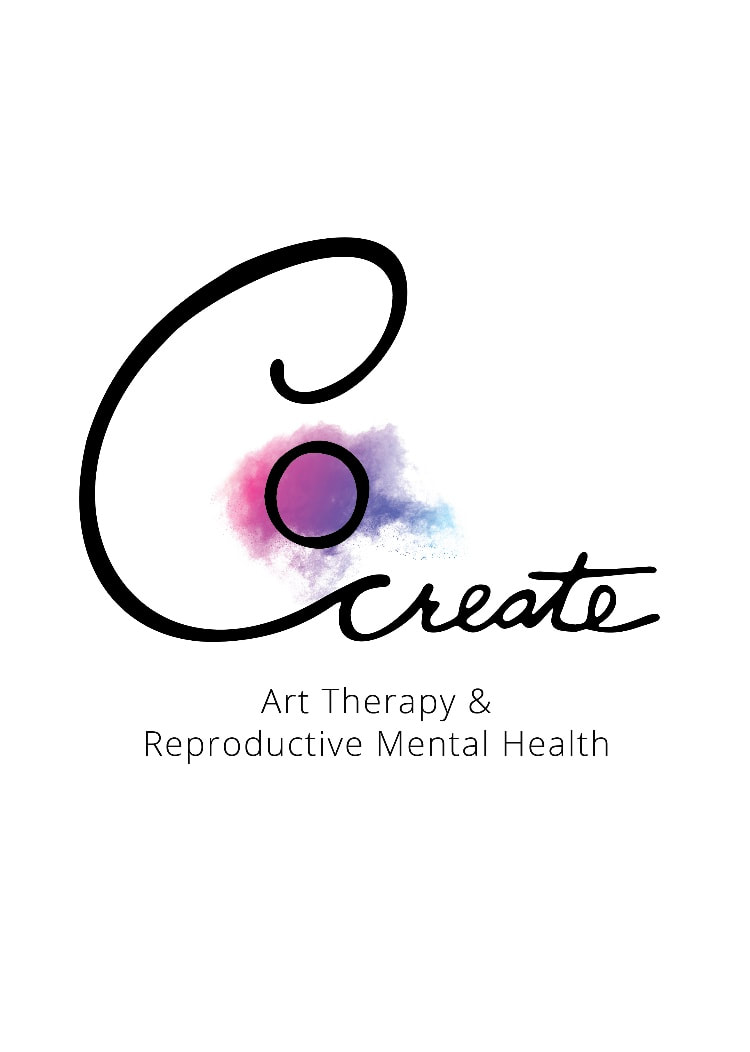 “I think this is me,” one of my best mom friends sent to me with a hand smacking face emoji and a link to a recent “Parents” magazine article entitled “How the Snowplow Parenting Trend Affects Kids.” My friend, I may add, happens to be a brilliant early childhood educator and BIPOC identifying military solo parent of two highly sensitive boys, not unlike my own. I skimmed the article, citing various parenting experts and mental health professionals and listing the negative effects of overprotecting our children–including low frustration tolerance, poor problem solving skills, learned helplessness, and high anxiety. Although, in theory, I agree that children need to learn experientially by trial and error so that they can better cope with distress in the future and that parents shouldn’t “hover” or overly interfere with their children’s every concern, I fundamentally disagree with the covert parent-shaming that is often the subtext of these parenting buzzwords that have become mainstream, like “snowplow parent, lawnmower parent, helicopter parent, tiger mom,” etc. etc. Pediatrician and child psychoanalyst D.W. Winnicott coined the term “good enough mother” in the 1950's to challenge archetypes around the “perfect,” saintly, martyr-like mother or the now debunked “refrigerator mother” stereotype. His theory posits that in order to be a “good enough” parent and ensure an infant’s healthy biopsychosocial development, parents must do a delicate balancing act that alternates between attuning to their every need while also allowing for a degree of frustration to encourage self-soothing and begin a healthy path toward autonomy. To me, this continues to be a parenting model worthy of striving toward. As a pandemic parent specializing in perinatal mental health, I can say from personal and professional experience that today’s parents are under more strain and scrutiny than ever. Add to the mix the maddening impact of social comparison via social media, ongoing maternal mental health crisis, overturning of Roe v. Wade compromising our basic reproductive rights, the devastatingly high black maternal mortality rate, and school shootings on almost a monthly basis in this country, and it becomes almost a cruel joke when we ask our parents to “back off” and “relax.” Hypervigilance and protecting our young is evolutionary and adaptive, and instead of pathologizing and mocking the unique challenges of parenting in this age of anxiety and maintaining our own mental health at the same time, why not offer up some solidarity, validation, or compassion? Wherever you fall on the spectrum of protecting our most vulnerable, trust that it is not only “good enough” but that society at large needs to do better in both recognizing and supporting that. Post by Sharon Itkoff Nacache ATR-BC LCAT LPAT PMH-C Original image by Joy Wang via Unsplash
0 Comments
 www.youtube.com/watch?v=2dsCmWZ0V_UCheryl Beck (2018) shares that up to 45% of new mothers have reported experiencing birth trauma and adds that “birth trauma is in the eye of the beholder.” Indeed, if a birthing person experiences or perceives that they and/or their baby were in danger of injury or death during childbirth, their birth can be defined as traumatic–psychologically, physically, or both (even if others present may have perceived it as routine.) Common themes present in those who have shared traumatic birth narratives include:
Art-making and creative processing can provide a symbolic container of overwhelming experiences, helping with the reconstruction of fragmented memories and emotional responses. Wolf & King (2020) summarize how art therapy “facilitates the organization and integration of traumatic memories, reactivates positive emotions, serves as a vehicle for exposure and externalization of difficult content, and reduces heightened arousal responses.” Art therapist Swan-Foster (2020) poignantly asks, “What if we viewed pregnancy and birth through a lens of cultural humility and feminism that honors a woman’s desire to have control of herself throughout pregnancy and birth while holding the knowledge that these experiences may be out of control and traumatic?” As trauma is so often stored in the body or in the mind as imagery, art therapy helps to navigate between these polarities and honors the “gray” area of personal experience. Learn more and experience how intuitive artmaking and creative processing can help perinatal professionals and birthing folk creatively cope with trauma experiences at the upcoming virtual conference "Healing Traumatic Birth: Tools and Techniques from Psychodrama, Dance, and the Expressive Arts" via PATTCH. Post by Sharon Itkoff Nacache ATR-BC LCAT LPAT PMH-C Original photo by Patricia Prudente via Unsplash |


 RSS Feed
RSS Feed